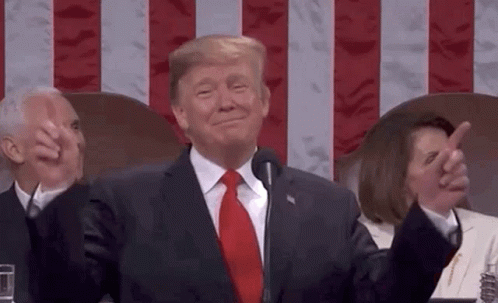Consumer prices rose 4% last month compared to a year ago, dropping more than expected and bolstering hopes that inflation will return to normal levels.
The fresh data for May arrives a day before the Federal Reserve will announce its latest rate decision as it determines whether to extend an aggressive series of rate increases last seen in the 1980s.
Inflation slowed significantly from where it stood in April, when data showed a 4.9% jump in consumer prices compared to a year ago. The latest reading, however, is still double the Federal Reserve's inflation target of 2%.
The cooling of prices suggests the Federal Reserve has gained further traction in its effort to decelerate economic growth and slash prices while averting a recession.
URL" target="_blank">MORE: What 'soft landing' means for the economy and the chances it will happen
Economic growth slowed at the outset of this year amid a decline in business investment and residential fixed investment, which includes money spent on home buying and construction, data showed.
U.S. gross domestic product grew by a 1.1% annualized rate over the three months ending in March, according to government data.
Meanwhile, three of the nation's 30-largest banks failed over a weeks-long stretch beginning in March.
While high interest rates contributed to the collapses, each of the banks also retained a sizable portion of uninsured depositors, who tend to panic without a government backstop for their funds.
MORE: Rise of child labor stokes fight over worker laws
However, recent economic indicators suggest resilient economic performance.
A jobs report earlier this month showed that the labor market grew robustly in May, adding 339,000 jobs compared to Wall Street estimates of just 195,000.
The inflation data on Tuesday will mark the final contribution of evidence to Federal Reserve deliberations that will culminate with a rate decision on Wednesday.
Economists expect the central bank will pause its longstanding series of rate hikes as it awaits further effects from its previous escalation of the benchmark interest rate.
Upon the announcement of a rate hike last month, Fed Chair Jerome Powell noted the removal of a sentence that appeared in the Fed's previous rate hike announcement that said "some additional policy increases might be appropriate."
Powell described the omission in the announcement as "meaningful," saying a decision about any additional rate hikes would be "data dependent."
The fresh data for May arrives a day before the Federal Reserve will announce its latest rate decision as it determines whether to extend an aggressive series of rate increases last seen in the 1980s.
Inflation slowed significantly from where it stood in April, when data showed a 4.9% jump in consumer prices compared to a year ago. The latest reading, however, is still double the Federal Reserve's inflation target of 2%.
The cooling of prices suggests the Federal Reserve has gained further traction in its effort to decelerate economic growth and slash prices while averting a recession.
URL" target="_blank">MORE: What 'soft landing' means for the economy and the chances it will happen
Economic growth slowed at the outset of this year amid a decline in business investment and residential fixed investment, which includes money spent on home buying and construction, data showed.
U.S. gross domestic product grew by a 1.1% annualized rate over the three months ending in March, according to government data.
Meanwhile, three of the nation's 30-largest banks failed over a weeks-long stretch beginning in March.
While high interest rates contributed to the collapses, each of the banks also retained a sizable portion of uninsured depositors, who tend to panic without a government backstop for their funds.
MORE: Rise of child labor stokes fight over worker laws
However, recent economic indicators suggest resilient economic performance.
A jobs report earlier this month showed that the labor market grew robustly in May, adding 339,000 jobs compared to Wall Street estimates of just 195,000.
The inflation data on Tuesday will mark the final contribution of evidence to Federal Reserve deliberations that will culminate with a rate decision on Wednesday.
Economists expect the central bank will pause its longstanding series of rate hikes as it awaits further effects from its previous escalation of the benchmark interest rate.
Upon the announcement of a rate hike last month, Fed Chair Jerome Powell noted the removal of a sentence that appeared in the Fed's previous rate hike announcement that said "some additional policy increases might be appropriate."
Powell described the omission in the announcement as "meaningful," saying a decision about any additional rate hikes would be "data dependent."



